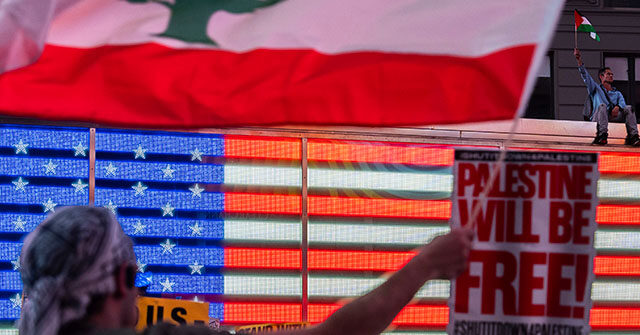Antisemitism has witnessed a dramatic rise in the United States, particularly following the terrorist attacks orchestrated by Hamas against Israel on October 7, 2023. According to a press release from the Anti-Defamation League (ADL), incidents of antisemitism increased by over 200 percent during the year leading up to the one-year anniversary of the attacks, marking an unprecedented high of more than 10,000 reported incidents. This figure starkly contrasts with approximately 3,325 incidents reported during the same timeframe the previous year. The extremity of this increase emphasizes the profound impact the attacks had on Jewish communities across America, as underscored by ADL CEO Jonathan Greenblatt’s acknowledgment of continuous distress experienced by Jewish Americans since that fateful date.
The staggering number of antisemitic incidents reported includes a range of abuses: over 8,015 cases of verbal or written harassment, more than 1,840 instances of vandalism, and over 150 physical assaults. Greenblatt highlighted the shift towards a distressing climate of threats directed at Jewish people and expressed concerns about the rising calls for violence against Jews and Israelis. This alarming trend has raised the stakes in not only understanding antisemitism but also in addressing it effectively within society. The data reveals that the sentiment of antisemitism has infiltrated various societal layers, suggesting that Jewish communities face sustained and escalating threats amid broader societal tensions.
Educational institutions have not been immune to this rise in antisemitic incidents, with at least 1,200 cases reported on college and university campuses—an increase of around 200 incidents compared to the previous year. The surge correlates with numerous pro-Palestinian protests and demonstrations on campuses such as George Washington University, Yale, Columbia, and the University of Southern California, among others. This growing wave of activism appears to have coincided with the explosion of antisemitic incidents, further complicating the discourse around the Israeli-Palestinian conflict and highlighting the fraught intersection of free speech and hate speech in academic environments.
In a particularly striking revelation, the ADL noted that antisemitic incidents saw a staggering increase of over 360 percent in the three months following the Hamas attacks on Israel. On that day, Hamas’s actions resulted in the deaths of approximately 1,200 Israelis, along with the abduction of over 250 individuals, with a number of hostages still unaccounted for. This period has underscored the real and pressing threats to Jewish identity and safety, reflecting the wider context of geopolitical strife and its local repercussions. The commentary from Greenblatt serves as a reminder of the traumatic legacy of such violent acts, not only for those directly affected but for broader communities grappling with the aftermath of these events.
While the ADL has taken significant steps to document and combat antisemitism, it has faced scrutiny for its methodologies and alleged politicization. Critics have suggested that the organization, which was once viewed as a leading civil rights entity, has transformed into a politically biased body. Allegations have emerged pointing towards selective reporting and the inclusion of incidents that some deem spurious, such as hoax bomb threats made against Jewish centers during the Trump administration. These critiques raise critical questions about the credibility of the data being presented and how assertions of antisemitism are framed in a highly polarized political environment.
The discourse around antisemitism and its rise in America inevitably reflects broader societal divisions and political dynamics. While the ADL and others have illuminated and condemned the rising tide of hate, evolving narratives regarding political figures and policies further complicate interventions aimed at combating antisemitism. The legacy of antisemitism in the U.S. necessitates an ongoing commitment to education, awareness, and community solidarity to foster genuine understanding and mitigate further violence and prejudice against Jewish individuals and communities. Overall, the alarming rise in antisemitic incidents since October 2023 signals the urgent need for collective action to redress these societal challenges and to continue fostering environments where diverse identities can express themselves freely and safely.

